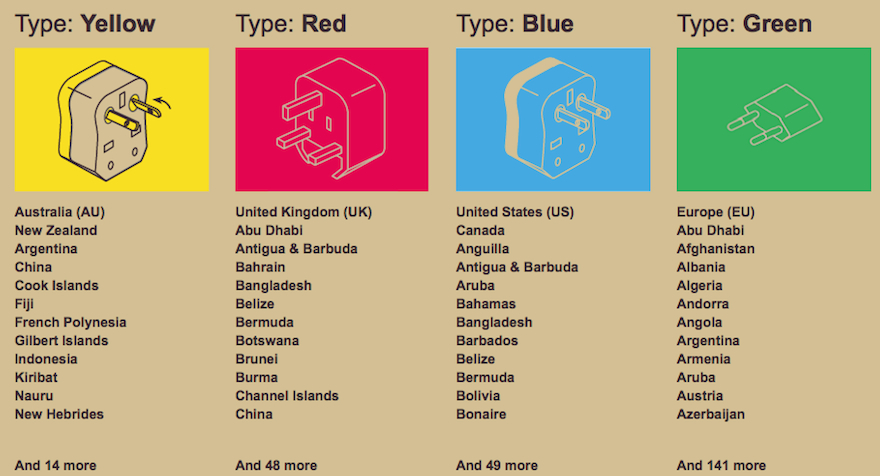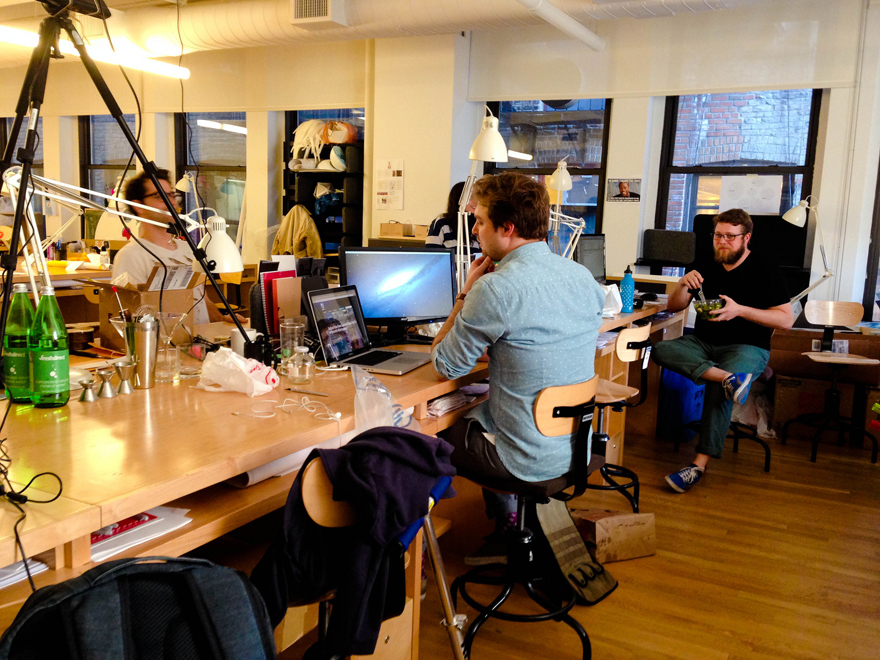![MD_A_WEP_00.jpg]()
A few months ago, I was contacted by an organization called Women Engineers Pakistan, which introduces girls to the field of engineering and technology. Just reading the name made me curious. For those of you who don't know, I'm an architect, and I come from a family full of engineers and tech-heads. In other words, my choice of becoming an architect has never, at any point of my life, ever been questioned. I went to a technical high school in Uppsala, Sweden, always with the support of mom and dad, brothers and sister, my grandmother, aunts, uncle and most of all my wonderful grandfather. With 26 boys and 5 girls in my class, the male-to-female ratio was rather high, but my knowledge and competence was never questioned by anyone of the male gender. Not by teachers, nor by fellow students.
Hearing about an organization like this and its origins was inspiring, and it takes more then a bit of willpower and skin on the nose (Swedish expression) to start something as groundbreaking and controversial in a country where female students are told that they should reconsider their choice to study engineering and start studying something more suitable for women...
In this interview, I've had the great pleasure of talking directly with Ramla Quershi, the co-founder of Women Engineers Pakistan. She recently moved to the U.S. to study engineering on a full Fullbright scholarship. So even though she's busy with the big move and getting her bearings, she set aside some time for this interview. I hope you get as inspired by reading this as I did from writing it.
![MD_A_WEP_01.jpg]()
![MD_A_WEP_02.jpg]()
Core77: Tell us a bit about the organisation and the thoughts behind it.
Ramla Quershi: The organization is a budding startup, which looks to increase participation from Pakistani women in Pakistan in engineering. Women have always been by and large in domestic and agricultural jobs in Pakistan, and their participation in science and technology has been minimal. We realize that women make over half the Pakistani population and we're working to prevent that potential talent for technical prowess from going to waste. We're working with young girls at high schools to encourage them towards science and math
When did you start working on getting Women Engineers Pakistan up and running?
It started with a Facebook page last August. But it's wasn't until six months ago that we started working as an organization.
Why did you decide on starting WEP?
Throughout my engineering degree, I felt a nagging lack of women in this field. We were often discouraged by our professors that engineering is a 'big boy' area. It was disheartening to realize that there weren't many role models set out for us. So I created this organization to give women engineers a platform to represent themselves.
When the professors talked about it being a "big boy" profession, how did your fellow male students react to those sort of comments?
My fellow males knew that I was good at my studies, so they would often turn up for a group study option and ask me to explain things to them. So they had found out that the women in their class were just as good (some even better) engineers. Barring a few, many were courteous and encouraging. However, there were some 'go make a sandwich' sort of comments—but not many.
There must have been many ideas/incentives to make it go from an concept into reality, what were they?
Oh yes, there were. Initially it was just a Facebook page, but then it started getting attention, and I realized that I had hit a niche. We were contacted by the U.S. Embassy through the Facebook page for meeting with a NASA engineer coming to Pakistan. And i thought, 'Oh wow, not much representation for the women in engineering crowd.'
![MD_A_WEP_03.jpg]()
(more...)![]()


















 Last day of the semester at SVA, photo by
Last day of the semester at SVA, photo by  The engine room at Pratt Institute, photo by
The engine room at Pratt Institute, photo by  The Nature Lab at RISD, photo by
The Nature Lab at RISD, photo by 





 Illustration by Ian Stevenson
Illustration by Ian Stevenson Illustrations by Marta Monteiro (left) and Joao Drumond
Illustrations by Marta Monteiro (left) and Joao Drumond Ilustration by Joana Estrela
Ilustration by Joana Estrela




 All smiles
All smiles












